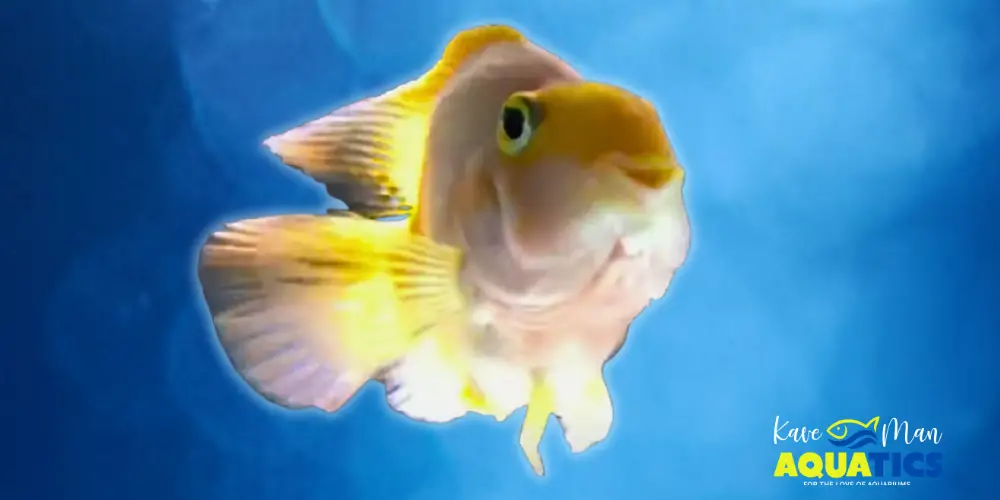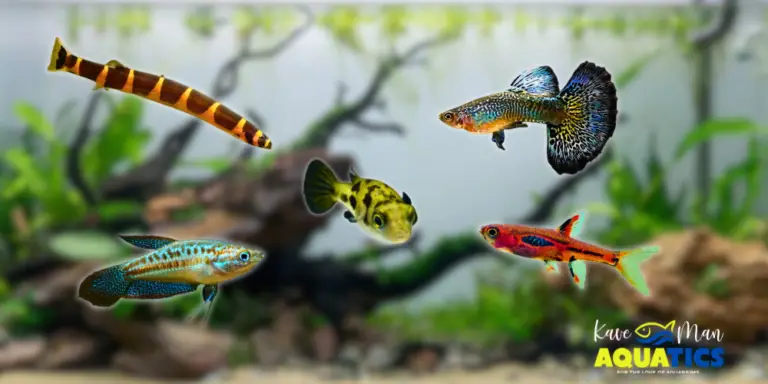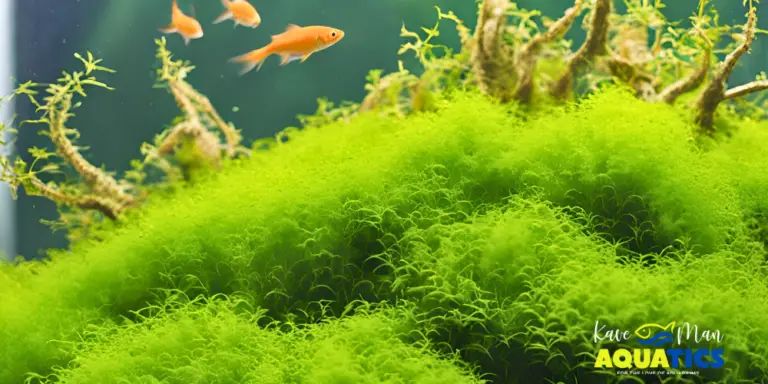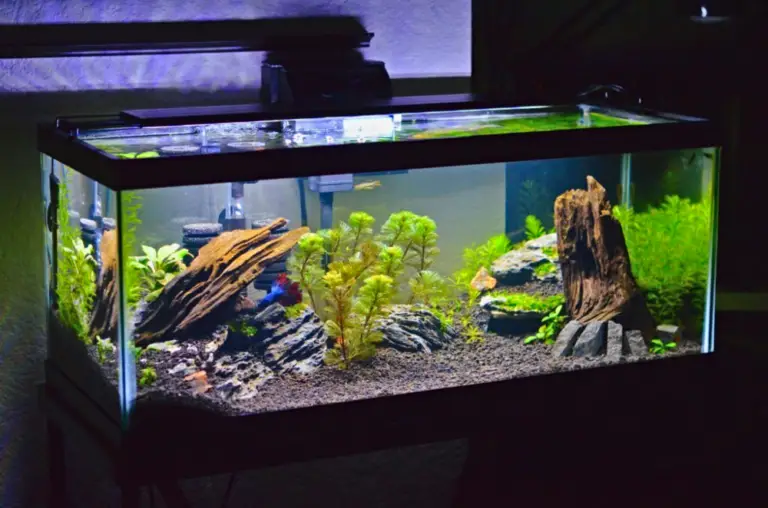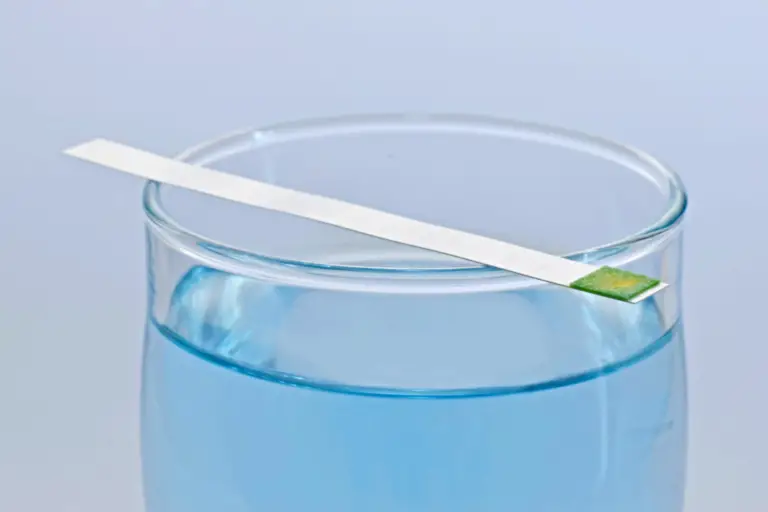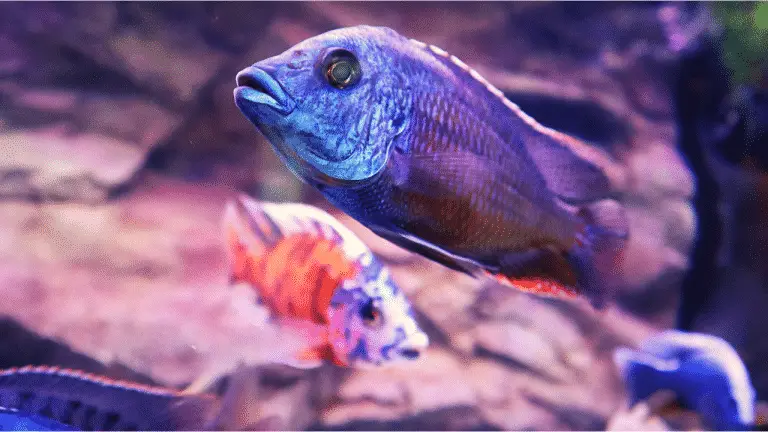Blood Parrot Cichlid Care: Feeding, Tank Setup, and Behavior
Thinking of adding a Blood Parrot Cichlid to your tank? These colorful, quirky fish are like the life of the aquarium party with their bold colors and charming, unique personalities. But they’re not just eye candy — Blood Parrots have specific needs to stay healthy and happy, and we’re here to help you cover the basics. Let’s dive in!
Blood Parrot Cichlid Overview
| Family | Cichlidae |
| Species | Hybrid species (Amphilophus citrinellus and Vieja melanurus or Vieja synspilum) |
| Common Names | Blood Parrot, Parrot Cichlid, or simply Parrot Fish |
| Location | Bred in captivity |
| Size | Typically grows to about 8 inches (20 centimeters) |
| Life Expectancy | Can live up to 10 – 15 years with proper care |
| Appearance | Round, balloon-shaped body with a beak-like mouth |
| Color | Generally bright orange, though they may come in red or yellow |
| Diet | Omnivorous – thrive on pellets, vegetables, and occasional protein treats |
| Behavior | Generally peaceful but may show mild aggression, especially during breeding |
| Tank Size | Minimum tank size of 30 gallons (113,6 liters) for one fish, larger for multiple fish |
| Temperature | 76°F – 80°F (24°C – 27°C) |
| pH | Between 6.5 to 7.5 is ideal |
| Water Type | Freshwater |
| Hardness | They do well in moderately hard water, between 6 – 18 dGH |
| Care Level | Moderate — proper knowledge, attention, and dedication |
| Breeding | Breeding is challenging due to their hybrid nature, and eggs are often infertile |
1. Distribution and Habitat
Unlike most fish, Blood Parrot Cichlids are true originals — they don’t actually exist in the wild! They’re a combination of species, like the Midas Cichlid and Redhead Cichlid, created by breeders.
So their “natural habitat” is tanks. Since they don’t exist naturally, they have no specific geographic origin and are found exclusively in aquariums worldwide.
2. Appearance and Colors

Blood Parrot Cichlids stand out thanks to their round bodies, “parrot-like” mouths (that never fully close), and vivid, eye-catching colors. Most are vibrant orange or red, but they can come in various bright hues.
Their unique “smile” (due to their hybrid shape) makes them look like they’re always a little cheerful. They typically grow up to 8 inches in size, with a stout, stocky build.
3. Behavior
Blood Parrot Cichlids are the social butterflies of the aquarium! They’re curious, friendly, and, unlike more aggressive cichlid relatives, they’re often pretty peaceful. Expect them to rearrange tank décor — rocks, plants, and all — just because they can. They also love interacting with you and may swim up when you approach.
However, they’re still a bit territorial, especially around food, so give them a little space during mealtime and be sure there’s room for everyone to avoid turf wars.
4. Tank Requirements
| Tank Size | Minimum tank size of 30 gallons (113,6 liters) for one fish, larger for multiple fish |
| Temperature | 76°F – 80°F (24°C – 27°C) |
| pH | Between 6.5 to 7.5 is ideal |
| Water Type | Freshwater |
| Hardness | They do well in moderately hard water, between 6 – 18 dGH |
| Substrate | Sandy or fine gravel substrate |
| Filter | A powerful filter with strong biological and mechanical filtration is essential |
| Plants | Hardy, anchored plants like Java Fern or Anubias are suitable |

Tank Size
Blood Parrots aren’t huge, but they do need room to roam! For one fish, aim for a 30-gallon tank, and if you’re thinking of a pair or small group, go for 55 gallons or more. They love to explore, swim around, and claim their territory, so the extra space keeps everyone happy and peaceful.
Filtration
Blood Parrots can be a bit messy, so a good filter is their best friend. A strong canister or hang-on-back (HOB) filter will handle their waste — which helps keep them healthy and looking vibrant.
Aim for mechanical and biological filtration to help keep the water crystal clear and ammonia levels low. Aim for a filter rated above your tank size to handle their waste output like a pro. Regular cleaning and maintenance help, too.
Temperature
Blood Parrots are tropical fish, so they need a warm, stable temperature between 76-80°F (24-27°C) to thrive. A stable temperature is crucial, as sudden shifts can stress them out, so invest in a reliable heater and check the temperature regularly.
If you live in a warmer climate, be careful of temperature spikes in the summer, as too much heat can reduce oxygen in the water. Use a thermometer to help you check daily for any unexpected changes.
Lighting
Blood Parrots aren’t too demanding — moderate lighting that mimics a natural day and night cycle works well for them. Standard aquarium lighting is perfect, as long as it’s not overly bright. Set it on a timer for 8-10 hours a day to keep things consistent.
pH and Hardness
Blood Parrots are happiest with a pH around 6.5-7.5 (slightly acidic to neutral) and a water hardness between 6-18 dGH. These levels mimic the water conditions of their cichlid relatives from Central America and help them stay vibrant and healthy.
Regular water testing with an aquarium test kit helps you keep things just right. Stable water quality is one of the biggest factors in their long-term well-being.
Substrate
Blood Parrots are bottom- mid dwellers that love to dig, so go for a smooth, sandy substrate. Fine sand or rounded gravel is ideal since it won’t hurt their mouths as they root around for food or just rearrange things for fun.
Plants
These guys are curious and may occasionally dig up plants, so choose hardy ones that can handle a little roughhousing! Here are a few solid picks that won’t mind a bit of digging:
These plants tolerate digging and can be attached to rocks or driftwood, so they stay put. Adding some greenery not only looks great but also gives Blood Parrots hiding spots, which helps reduce stress.
5. Diet and Eating Habits
Blood Parrot Cichlids are omnivores, so they thrive on a varied diet of pellets, flakes, and frozen or live foods. A quality cichlid pellet should be their main diet, as it’s typically nutritionally balanced. You can supplement with:
- Bloodworms (frozen or live)
- Brine shrimp (frozen or live)
- The occasional vegetable like blanched spinach or peas
Their quirky mouth shape makes them a bit slower at grabbing food, so aim for bite-sized pieces that are easy to swallow. Feeding them small amounts 2 – 3 times daily keeps them full without overwhelming your tank’s filter!
Since they’re prone to “rooting” through the substrate for bites, a sandy or smooth gravel bottom helps them snack without injury.
6. Tank Mates

Blood Parrots are friendly enough to share their space with other peaceful fish but picky about their tank mates. Good companions include:
- Mid-size Tetras
- Giant Danios
- Silver Dollars
- Cory cats or any catfish
- Plecos
- Kribs
- Severums
- Angelfish
They’re best kept away from aggressive cichlids, who might stress them out, and from very small fish, who could get picked on. To keep the peace, go for similarly-sized, easygoing tank mates, and make sure to add plenty of nooks and crannies so everyone has their own spot to retreat to.
7. Breeding
Breeding Blood Parrot Cichlids is a bit of a challenge. These hybrids are tricky because, while females often lay eggs, males are usually infertile.
You may see courtship behaviors like pairing off, cleaning rocks, and guarding the eggs, but the chances of successful hatching are (unfortunately) low. Unfertilized eggs may turn white and require removal to keep the tank clean.
If you’re set on raising fry, Blood Parrots may not be your ideal choice since even experienced aquarists struggle to achieve successful breeding. It may be better to consider other cichlid types for breeding purposes.
Aquabuildr — The BestTool for Your Blood Parrot Tank
Ready to take your aquarium game to the next level? Say hello to Aquabuildr — the app that makes fish-keeping fun, easy, and stress-free! It’s perfect for beginners and seasoned hobbyists.
Aquabuildr’s intelligent algorithm helps you create the perfect tank, with everything from fish compatibility to water parameters handled for you. Plus, with customizable starter tanks, smart alerts, and reminders to keep your tank in tip-top shape!
So, why wait? Get started for FREE on the App Store or Google Play Store, and start building your dream aquarium!
-
Blood Parrot Cichlid Care: Feeding, Tank Setup, and Behavior
Are you keen on owning a blood parrot cichlid? Before you do, read this complete care guide and learn how Aquabuildr can help!

